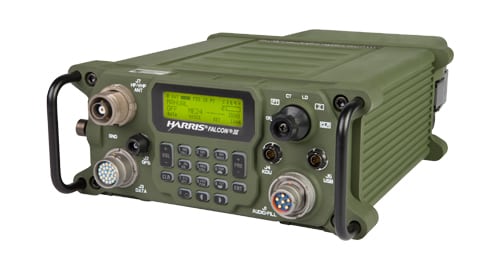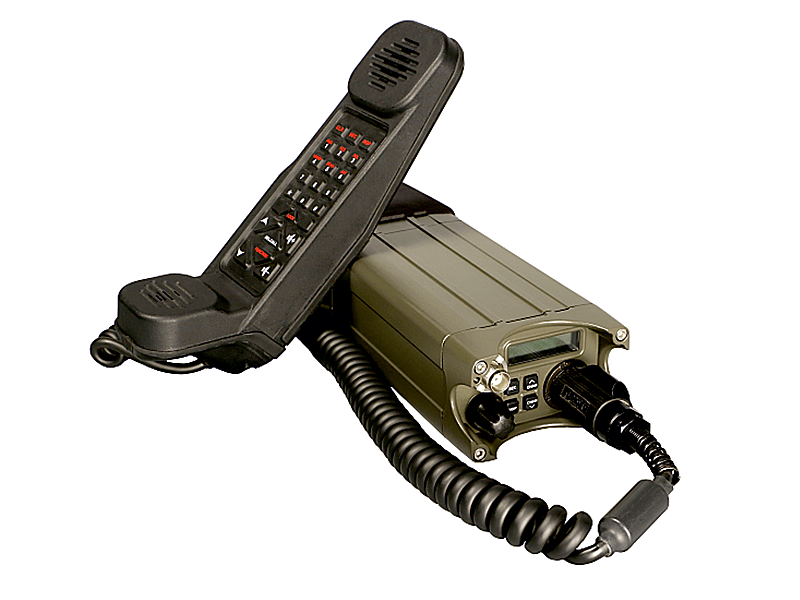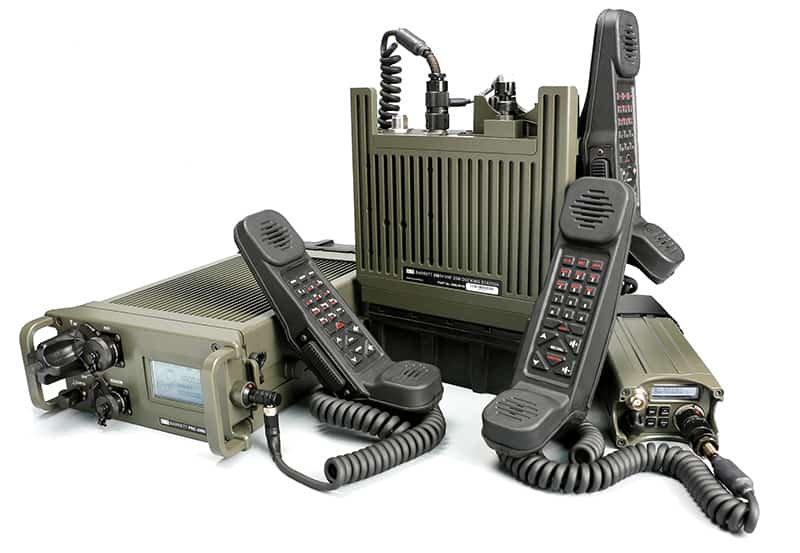To effectively use portable radios outdoors, you must have a basic understanding of how radio waves move. To make your radio network more reliable, you must first understand the fundamentals of how radio waves of high and very high frequencies and ultra-high frequencies (VHF/UHF) transmit information. You need to learn the battle of Tactical HF Vs VHF Radio, and when you should use them.
In this way, your ability to communicate with others will be ensured, and your investment in creating an integrated HF/VHF network will pay for itself over time through enhanced accuracy in communications. HF and VHF/UHF are two different types of radiofrequency (RF) transmission.
What is The Best Time to Put Them in Use?
When using a radio in the field, recognizing which communications device is ideal for a particular environment is a key to getting the most out of your equipment. A significant aspect of tactical operations is high- and highly high-frequency radio communications (HF and VHF). It’s critical for your safety that your communications aren’t hampered in any way.
What is High-Frequency Radio (HF)?
Transmitting from a radio transceiver, the ionosphere reflects the signal to Earth, where it is received by another radio set using HF frequencies (in the 3-30 MHz band). As a long-range communication tool, this medium is commonly utilized in tactical operations to connect remote field agents with a central command post.

What is VHF?
VHF has a higher frequency range (30-300 MHz) than HF. Hence it’s more powerful. They can pass through the Ionosphere because of their higher frequency and less refraction. Because VHF propagation is ‘line of sight’ based and it can only be used for communications within a few hundred meters. Since VHF transmissions are terrestrial, it’s ideal for coordinating field operators with other squads on the ground.

In What Ways May I Maximise Their Value?
Radio operators need an approximate estimate of how far they have to transmit before deciding whether to use HF or VHF. In general, HF radios have a more excellent range because of ionospheric refraction. However, the HF radio signals can be distorted by atmospheric conditions like geomagnetic storms or solar flares. For long-distance communication between ground stations and towers, use high-frequency (HF) communications.
The advantages of VHF radio over HF radio are primarily due to the former’s more excellent resistance to electrical interference and space weather conditions. VHF signals, on the other hand, pass over the ground. Thus obstructions like buildings or mountains can distort or completely block them. Data transmission between radio operators within line of sight over flat ground is best suited for VHF communications.
It has always been necessary for an operator to rebroadcast the information between different pieces of equipment to make long-distance transmissions possible, such as switching from HF to VHF or vice versa. If mission-critical information is being delivered, this could lead to voice distortion or operational errors, both costly.
While HF radio can communicate over longer distances, VHF radio is less affected by meteorological conditions or electrical interference.
To be successful in communication, you must use both HF and VHF radios in the field. Invest in tactical radio equipment that allows the interchange of HF and VHF radio signals if you want the most excellent possible communications network.
For an interoperable and all-in-one communications solution, Barrett Communications offers a wide selection of tactical equipment on HF and VHF. Crossing from one frequency band to another with no loss of signal integrity is made possible with the help of the 2063 HF-VHF Cross Gate gadget. The gadget will be less susceptible to signal translation or speech distortion issues if it’s ‘connected’ to your preferred radio bands.
For example, the PRC 2090 Rapid Field Development System incorporates the Cross Gate 2063 into the tiny radio’s design, making it an interoperable device for communications over any distance. This ensures that your tactical operations are never cut off from other squads or mission-critical information coming in from headquarters or a field base if you use HF and VHF radio. Contact the Barrett team today to learn more about the company’s interoperable tactical radio equipment.
Close Out on Tactical HF Vs VHF
Understanding the distinctions between VHF (Very High Frequency) and HF (High Frequency) will help you choose the optimal signal frequency for your two-way radio requirements. For example, while HF does not travel as far as VHF, it may allow for greater use of available bandwidth. After reading this article, I hope you got an idea about tactical HF vs VHF radio and when you should use them.
These frequencies, as well as the equipment needed to communicate using them, are governed by the government. Various wireless equipment is required to meet all needs since people require various radio transmissions.

